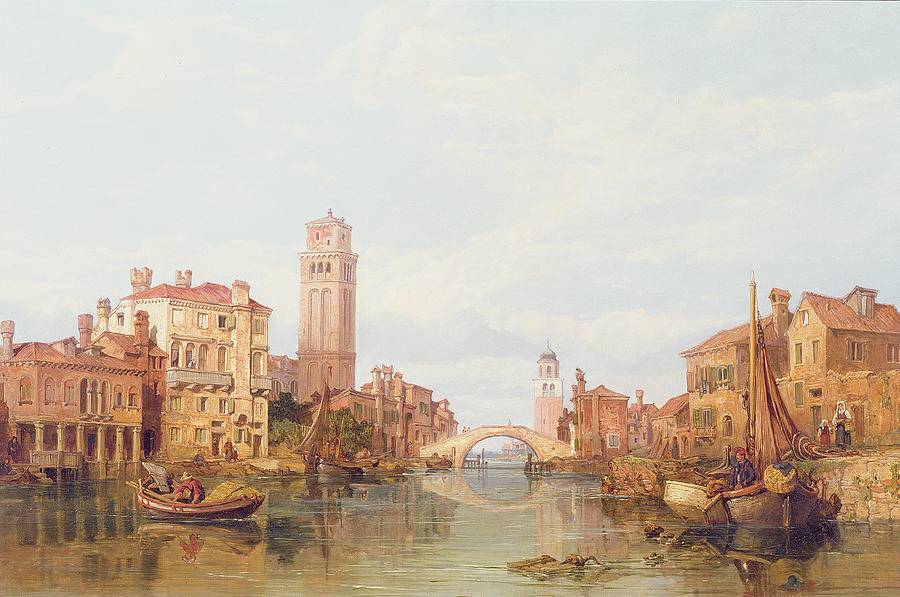The historical fiction novel The Master of Verona by David Blixt mixes the intricate worlds of Shakesperes Romeo and Juliet with Dante's works and world. The novel centers around Dantes second son Pietro who with his father visits Verona (the city from Romeo and Juliet). Pietro Alighieri makes two friends, Antonio Capulletto and Mariotto Montecchio whose involvement in a love triangle over the beautiful Gianazza divides Verona. Mariotto is desperately in love with Antonios soon to be bride, Mariotto elopes with Gianazza regardless of his friendship to Antonio.

Dante's works inspire artists, and readers alike, with his novel, Blixt blended the two worlds of Dante and Shakespere to create a new and inspiring reality. Blixt seems to follow the story of Romeo and Juliet with the divide in Verona but also draws from Inferno canto 5 when lust, and over indulgence of love take over Gianazza and Mariotto. Almost parallel to the iconic story told by Francesca da Rimini to Dante about her affair with Paolo in the second circle of hell. This novel proves the permanent effect The Divine Comedy, and Dante have had on the literary, and contemporary world.
works cited
Alighieri, Dante. La Divina Commedia. Milano: Casa Editrice Hoepli, 1907. –––––. The Divine Comedy: Inferno. Translated by Mark Musa. New York: Penguin Books, 1971.
Blixt, David. The Master of Verona. First Edition ed., St. Martin's Press, 24 July 2007. The Master of Verona is a novel that fuses the ideas of Dante Alighieri and the "Divine Comedy" with Shakespeare's "Romeo and Juliet". The novel uses Dante and two of his sons Pietro and Jacopo as main characters along with the prince of Verona, the Capulets, and the Montagues. The novel follows Pietro through a journey into knighthood and war, he witnesses a devastating love story and eventually, Pietro must confront his destiny. The story contains an abundance of depth and historical detail.
Fergusson, Francis. “Romantic Love in Dante and Shakespeare.” The Sewanee Review, vol. 83, no. 2, 1975, pp. 253–66. JSTOR, http://www.jstor.org/stable/27542963. Accessed 3 Dec. 2023.